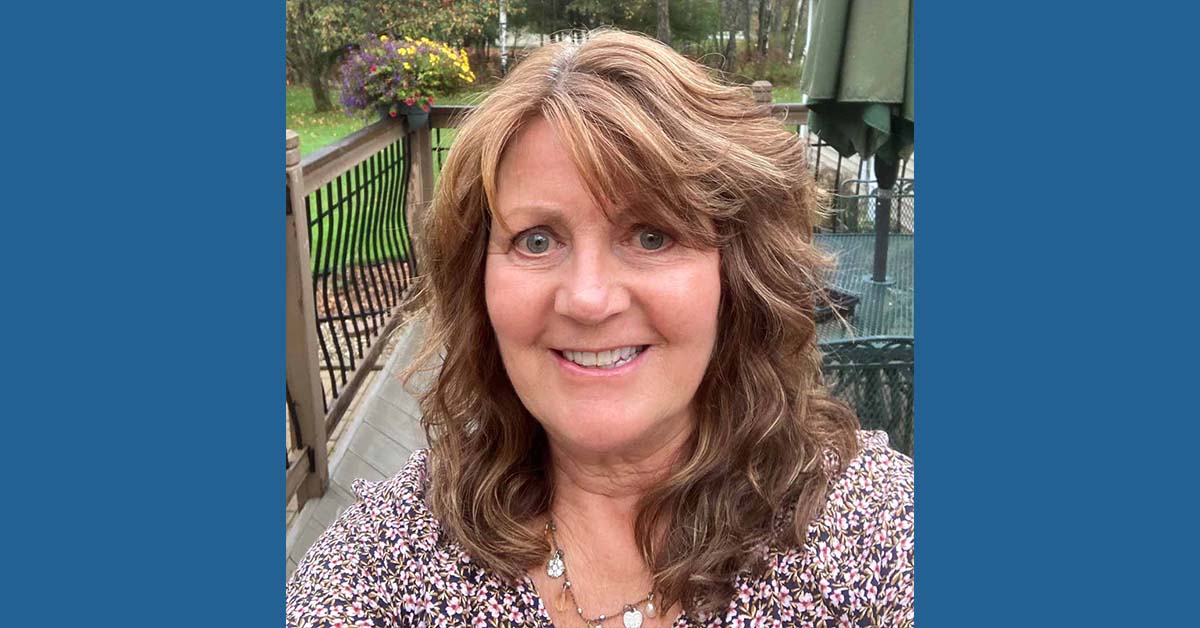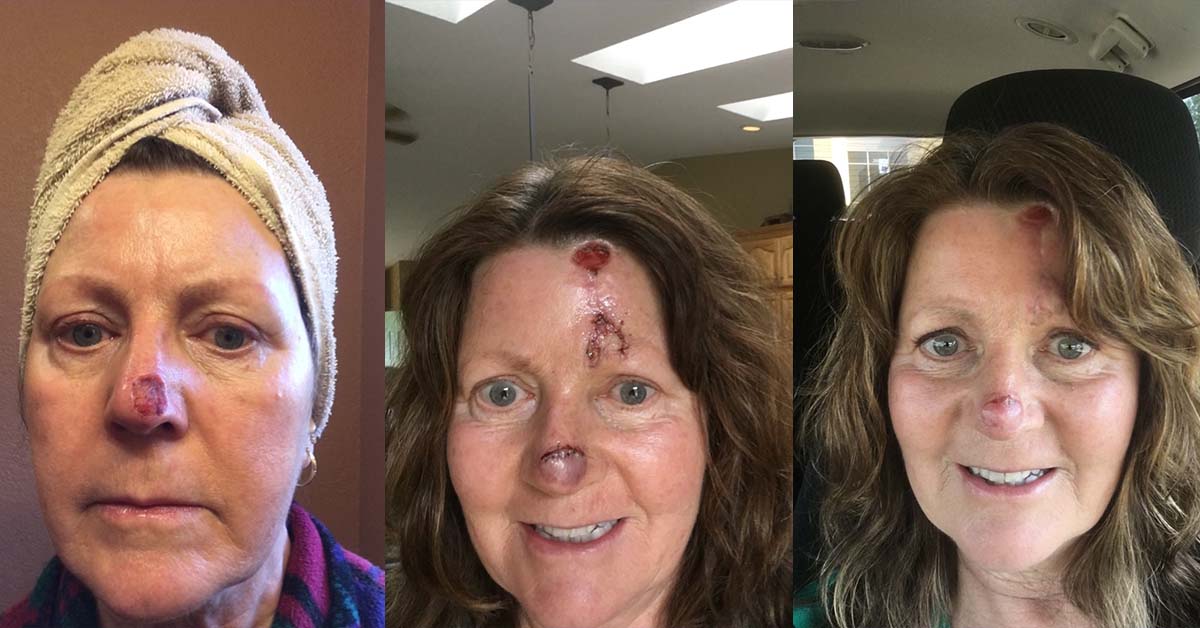
Basal cell carcinoma, a type of skin cancer, can appear in various ways. It tends to develop slowly, and it can be misinterpreted as harmless marks, pimples, or scars, which is what happened to Lori Ravnikar.
“It was a tiny little spot that looked like a little pimple. I didn't even know I had a basal cell,” Ravnikar says. "I mean, it was just a tiny spot, and my sister-in-law had, had a small spot removed. She goes, 'you need to get that checked out.’”
Ravnikar saw a dermatologist in Marquette, Michigan, who immediately performed Mohs surgery.
During Mohs surgery, thin layers of cancer-containing skin are gradually removed and examined until only cancer-free tissue remains. This surgery aims to remove as much of the skin cancer as possible with minimal damage to surrounding healthy tissue. Even so, some people who undergo Mohs surgery require plastic surgery after their skin cancer is removed.
“So, I came out of that with about a dime-size hole in my nose,” she says.

The dermatologist in Marquette recommended Plastic Surgery & Skin Specialist by BayCare Clinic for further treatment. There she met Dr. Elizabeth A. O’Connor, a plastic surgeon.
“Dr. O'Connor brought me in for an initial consultation, gave me different options of what I could do," Ravnikar says. "Up in Marquette, they could have taken a skin graft from somewhere and slapped it on my nose, but it would always just look like that.”
O'Connor ultimately suggested Ravnikar undergo reconstruction with a forehead flap.
In the case of a forehead flap, the surgeon transfers tissue from the patient’s forehead to replace the missing tissue on the nose. This two-stage surgery closes the nose with skin of the same color and thickness to minimize scarring.
Today, Ravnikar is back to her daily lifestyle and is extremely happy with her results.
“It still, you know, needs to heal a little bit, but people you know, I tell them what happened, and they say, ‘Oh my gosh, I would never have known if you didn’t tell me,’” Ravnikar says.
“I was very pleased with Dr. O'Connor and her staff. She was excellent. She explained everything that was going to happen. I am forever grateful for her to take me on as soon as she did.”